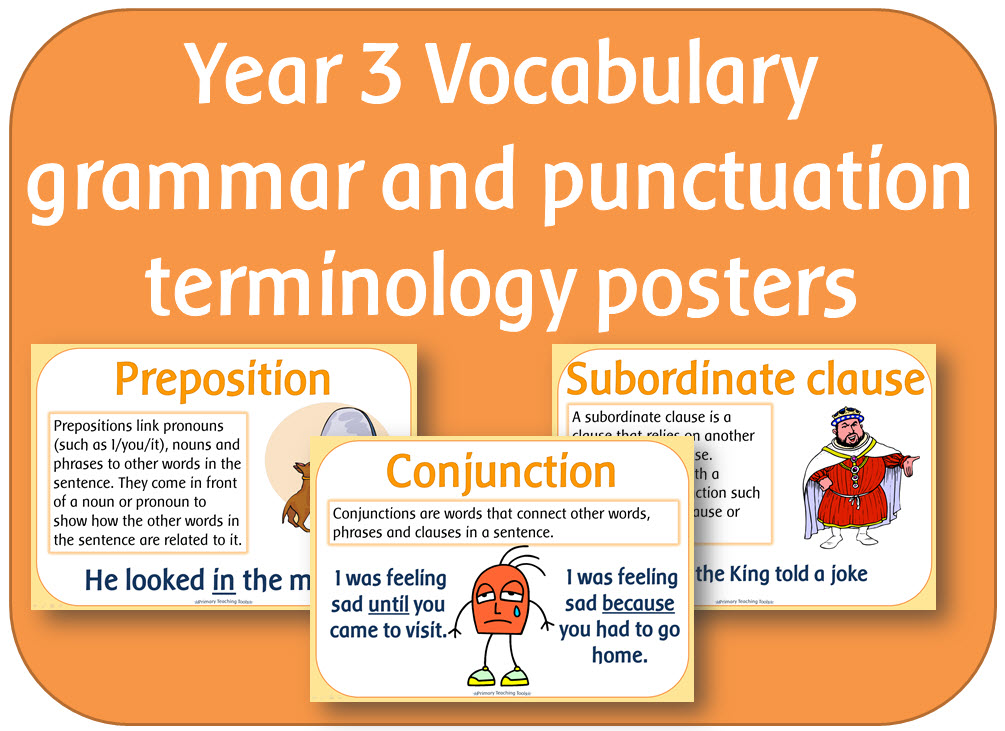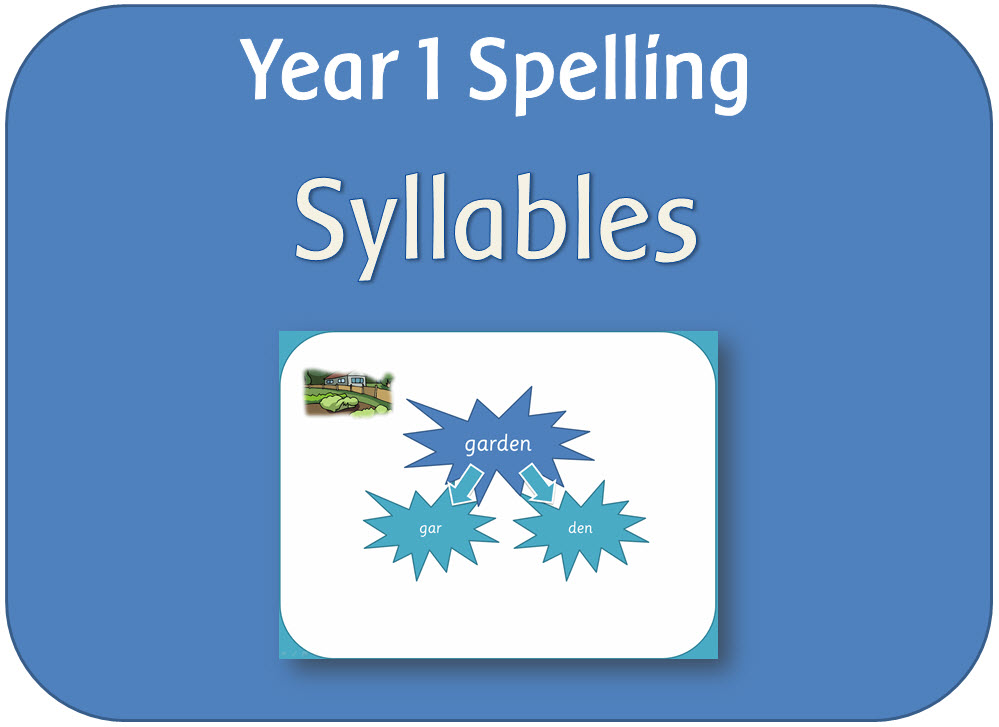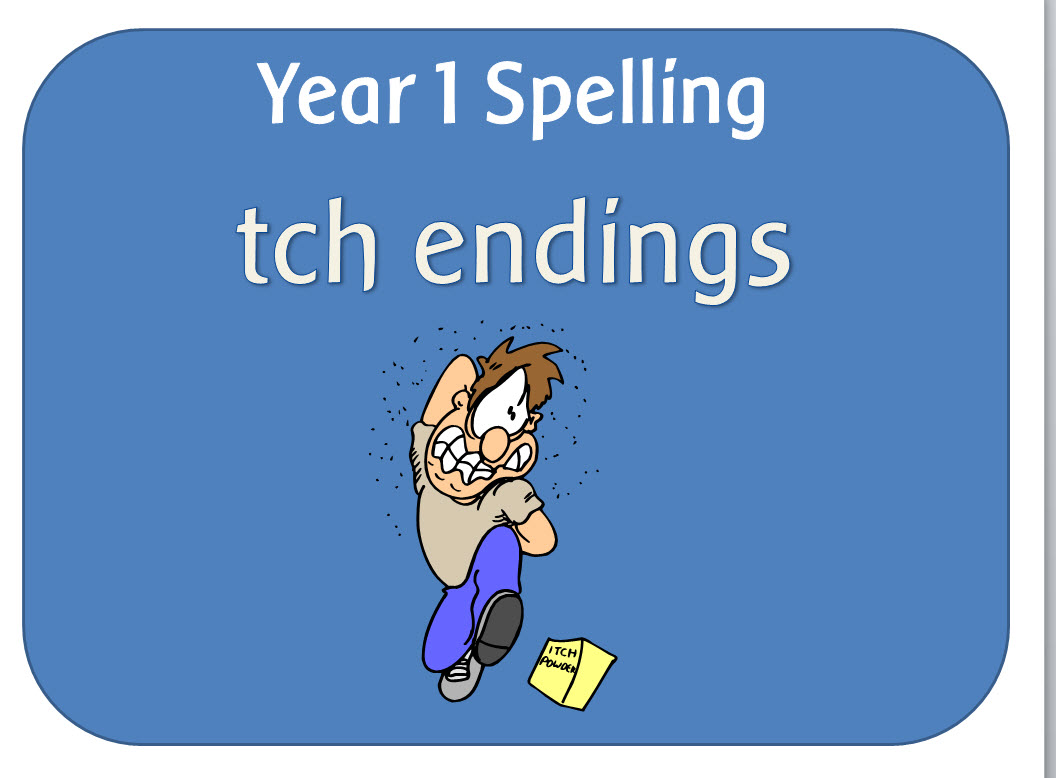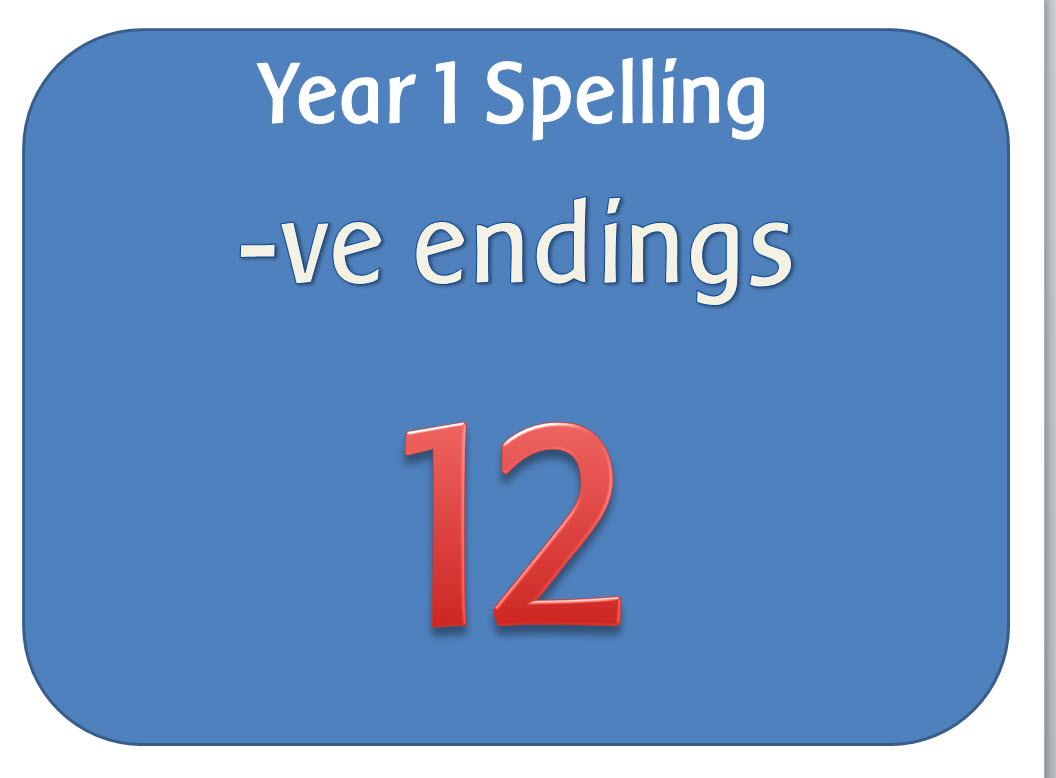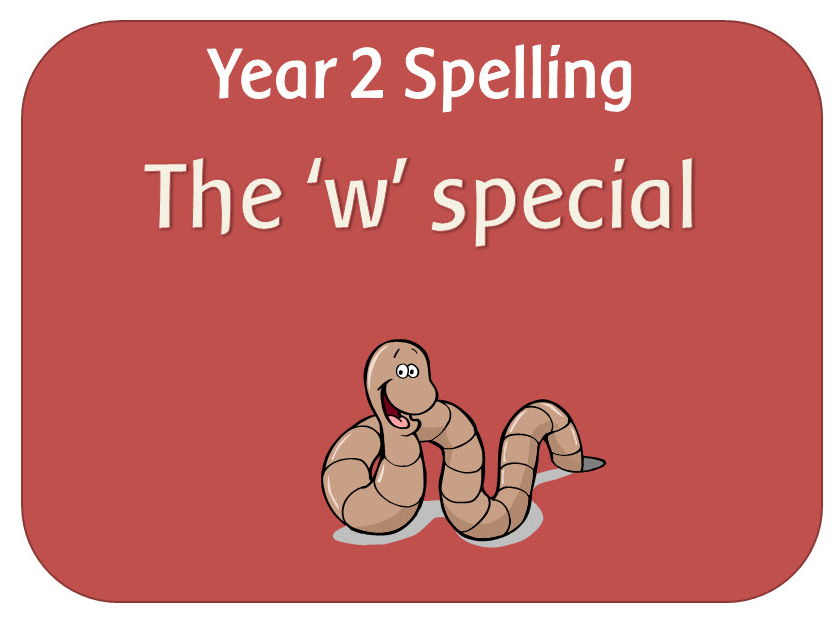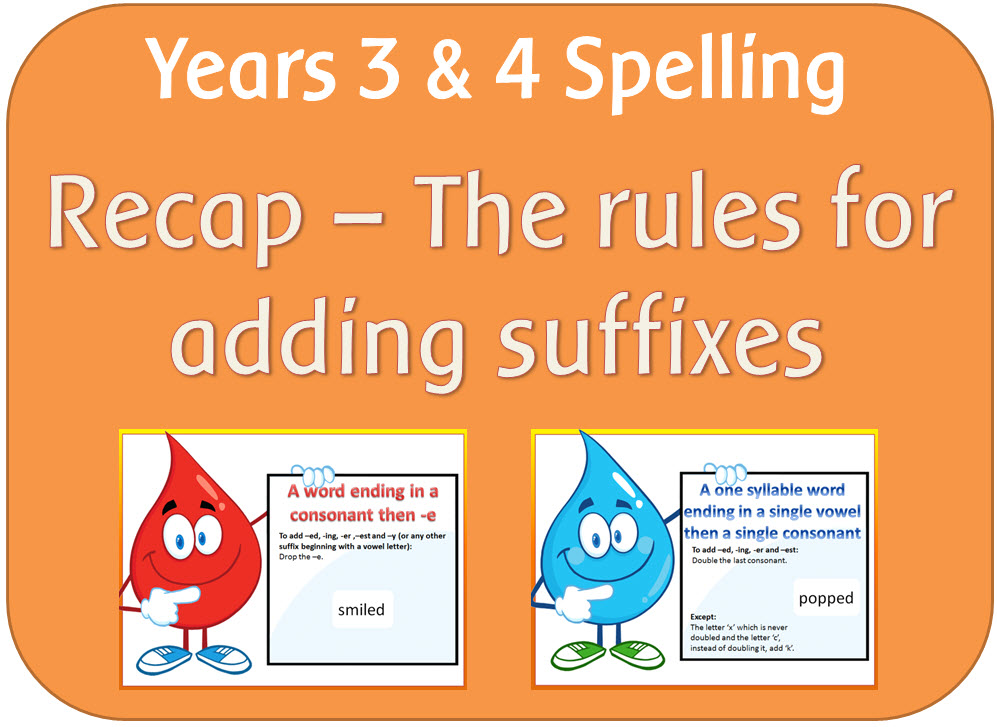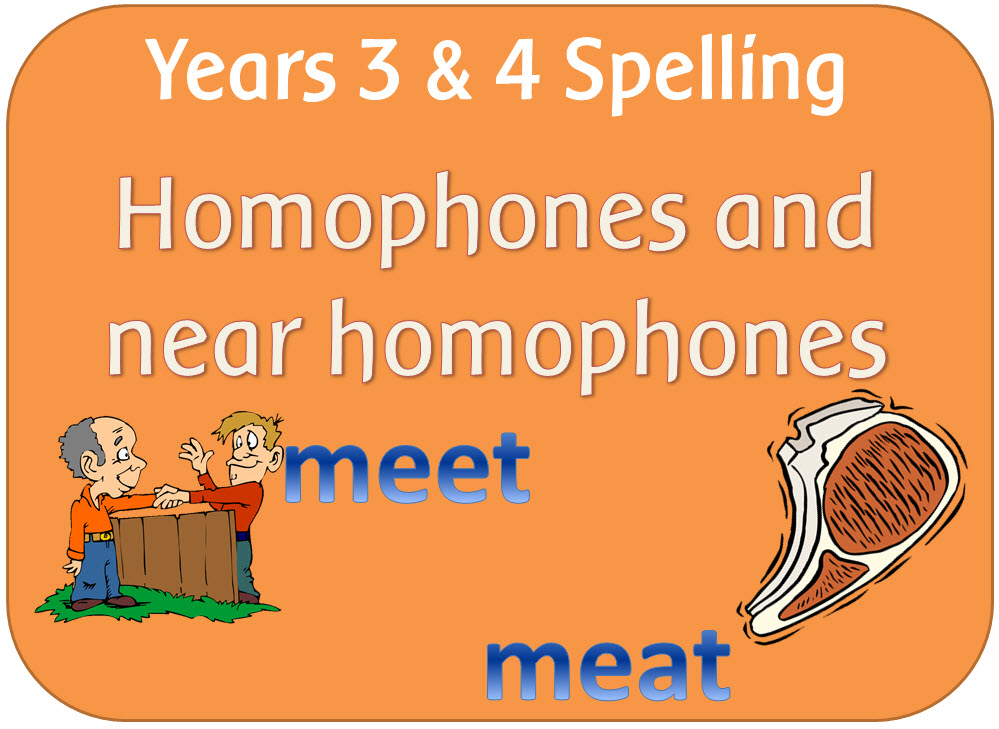
404Uploads
1073k+Views
683k+Downloads
English

Year 3 Vocabulary grammar and punctuation terminology posters
A set of A4 posters to print and display.
They contain all the 'terminology for pupils' identified in Appendix 2 for Year 3:
Adverb; Preposition; Conjunction; Word family; Prefix; Clause; Subordinate clause; Direct speech; Vowels; Consonants; Inverted commas/speech marks; Nouns; Present perfect; Punctuation

Year 1 Vocabulary grammar and punctuation terminology posters
A set of A4 posters to print and display.
They contain all the 'terminology for pupils' identified in Appendix 2 for Year 1:
Letter; Capital letter; Singular; Plural; Plural noun suffix; Word; Sentence; Punctuation; Full stop; Question Mark; Exclamation Mark; Suffix; Verbs; Adjective; Clause and Pronoun.

Year 2 Vocabulary grammar and punctuation terminology posters
A set of A4 posters to print and display.
They contain all the 'terminology for pupils' identified in Appendix 2 for Year 2:
Noun; Noun phrase; Statement; Question; Exclamation; Command; Compound word; Adjective; Verb; Suffix; Adverb; Tense; Apostrophe; Comma; Subordination; Co-ordination; Progressive; Sentence.

Year 6 Vocabulary grammar and punctuation terminology posters
A set of A4 posters to print and display.
They contain all the 'terminology for pupils' identified in Appendix 2 for Year 6:
Subject; Object; Active; Passive; Synonym; Antonym; Ellipsis; Ellipsis (punctuation mark); Hyphen; Colon; Semi-colon; Dash; Bullet points; Cohesive devices; Adverbials.

SPaG Year 1 Spelling pack: Division of words into syllables
A set of resources to teach the guideline/rule in the Spelling Appendix:
Each syllable is like a ‘beat’ in the spoken word. Words of more than one syllable often have an unstressed syllable in which the vowel
POWERPOINT RESOURCES:
Introduction to syllables: An explanation of what syllables are and how to identify them in words. It gives several examples of words with more than one syllable with opportunities for children to spell them.
Syllable practice: Activity where the children can read a word, then write it by identifying how many syllables it contains, then check it.
WORKSHEETS:
Two syllable word worksheet: A grid for splitting up words into syllables as an aid to spelling.
Blank syllable word worksheet: As above, but the grid is left blank to insert words.
sound is unclear

SPaG Year 1 Spelling pack: The /tʃ/ sound spelt tch straight after a single vowel letter.
POWERPOINT RESOURCES:
Words ending tch: explains the spelling rule and gives examples of words for a class activity where the children can try to spell the words.
PDF:
Wordsearch: words containing tch
Worksheet: Jumbled up words to rearrange.
WORD:
Tch word list
Outline adaptable plan

SPaG Year 1 Spelling pack: Words ending ve
A set of resources to teach the guideline/rule in the Spelling Appendix:
English words hardly ever end with the letter v, so if a word ends with a /v/ sound, the letter e usually needs to be added after the ‘v’
POWERPOINT RESOURCES:
Words ending -ve: explains the spelling rule and gives examples of words for a class activity where the children can try to spell the words.
PDF:
Wordsearch: words ending ve
Worksheet: Jumbled up words to rearrange.
WORD:
-ve word list
Outline adaptable plan

SPaG Year 1 Spelling pack: Vowel digraphs and trigraphs set 1
This pack contains the first 13 digraphs/trigraphs in the spelling appendix.
POWERPOINTS:
All presentations are superhero-themed and contain a quiz with words containing the relevant grapheme. They can be used for both reading and spelling activities.
1. ai or ay: Investigates the rule "The digraph ai is never used at the end of English words", ending with an interactive quiz.
2. oi or oy: Investigates the rule "The digraph oi is never used at the end of English words", ending with an interactive quiz.
3. Words with the split digraph a-e
4. Words with the split digraph e-e
5. Words with the split digraph i-e
6. Words with the split digraph o-e
7. Words with the split digraph u-e
8. ar
9. ee
10. ea (ee)
11. ea (e)
12. er (stressed sound)
13. er (unstressed schwa sound)

SPaG Year 2 Spelling: ge and dge at the end of words
A set of resources to teach the spelling rule: The /dʒ/ sound spelt as ge and dge at the end of words and sometimes spelt as g elsewhere in words before e, i and y

SPaG Year 2 Spelling: the/s/ sound spelt c before e i and y
A set of resources to teach the spelling rule: The /s/ sound spelt c before e, i and y:
THE 'S' SOUND CE
POWERPOINT - Explains the spelling and states the rule, and gives examples for the children to read. Then there is a spelling activity, using a look, hide, check activity
WORKSHEET - to practise spelling ce words and use them in a sentence
CARDS - Matching cards with words and pictures
THE 'S' SOUND CI
POWERPOINT - Explains the spelling and states the rule, and gives examples for the children to read. Then there is a spelling activity, using a look, hide, check activity
WORKSHEET - to practise spelling ci words and use them in a sentence
CARDS - Matching cards with words and pictures
THE 'S' SOUND CY
POWERPOINT - Explains the spelling and states the rule, and gives examples for the children to read. Then there is a spelling activity, using a look, hide, check activity
WORKSHEET - to practise spelling cy words and use them in a sentence
CARDS - Matching cards with words and pictures
WORD DOCUMENTS
PLANNING - Y2 Spelling Appendix: The 's' sound planning
WORD LIST - Lists of ce ci and cy words

SPaG Year 2 Spelling: The /ʒ/ sound spelt s
The powerpoint introduces the phoneme zh as s and gives examples of words and pictures. At the end there is an opportunity for the children to spell the words. The pack also includes a word list, worksheet and outline planning.

SPaG Year 2 Spelling: The /ɒ/ sound spelt a, or and ar after w (and qu)
A set of resources looking at the spelling guidelines for:
The /ɒ/ sound spelt a after w and qu
The /ɜ:/ sound spelt or after w
The /ɔ:/ sound spelt ar after w
There is a powerpoint for each sound, a bingo game containing all the spellings, plus a word list and outline plan.

SPaG Year 2 Spelling: Adding –ing, –ed, –er, –est and –y to words of one syllable
Resources to teach the spelling rules for: Adding ing, ed, er, est and y to words of one syllable ending in a single consonant letter after a single vowel letter
POWERPOINTS
Adding suffixes to one syllable cvc words: Explains what a root word and a suffix is, and shows the addition of -ed and -ing, explaining the spelling rule, and the rule for words ending in c and x. It ends with a quick write activity to add ing or ed and er, est or y to different root words.
Quick write - Adding ed and doubling
Quick write - Adding ing and doubling
Recap of the three suffix rules (includes adding suffixes to words ending in y following a consonant, and words ending in e following a consonant, plus the doubling rule)
Quick write activities show firstly the the root word, then how it changes/stays the same when the suffixes are added.
ACTIVITIES
Words ending in a consonant then e matrix: to fill in
TEACHER RESOURCES
Y2 Spelling Appendix: Adding suffixes and doubling: An adaptable outline plan
Word List - With relevant words

SPaG Year 2 Spelling: Possessive apostrophes activities and display
POWERPOINT
Apostrophes for possession: Explains how to use them, and gives sentences to reword, using apostrophes for possession.
ACTIVITY
Worksheet - Possessive apostrophes
DISPLAY
Single possessive apostrophes posters
TEACHER RESOURCES
Y2 Spelling Appendix - Possesive apostrophes: An adaptable outline plan

SPaG Year 2 Spelling: Contractions
Resources to teach the spelling rules for: The use of apostrophes in contractions
POWERPOINT
Introduction to contractions: Explains what contractions are and shows examples of them in newspaper headlines. It then demonstrates how different contractions are formed. It ends with an oral activity for the children to say the long form of the contraction in each sentence.
Writing contractions: A writing activity where the children have to change the words into contractions
Changing contractions to the full form: As above, but the other way round
Its or it’s: Explains the differences, with sentences for the children to guess which is correct
Your or you’re: As above
ACTIVITIES
Cards - Sentences with contractions: The children can rewrite them in the long form
Cards - Contractions snap
Show me cards - its or it’s
Show me cards - your or you’re
Worksheet - Change the words into contractions
Worksheet - Change the contractions into the long form
Worksheet - Complete the contraction matrix
Worksheet - Find the contractions in the story
Newspaper report
TEACHER RESOURCES
Y2 Spelling Appendix planning - Contractions: An adaptable outline plan
Word List - With relevant contractions

SPaG Year 2 Spelling: Words ending -tion
Resources to teach the spelling rules for words ending in tion
POWERPOINT
Words ending tion: Introduction to the 'shun' sound spelt tion as the most common spelling, with a spelling activity.
ACTIVITIES
Word wheel: making words ending in tion
Word search: Words ending in tion
Although every effort has been made to check wordsearches for unintentional inappropriate words, it is recommended that teachers double check them before giving to children.
TEACHER RESOURCES
Y2 Spelling Appendix Words ending in tion: An adaptable outline plan
Word List - With relevant words

SPaG Year 3 & 4 Spelling: Recap of the rules for adding suffixes
5 powerpoint lessons for a recap of the rules learnt in Y2 for adding suffixes to different types of words.

SPaG Year 3 & 4 Spelling: Homophones and near homophones
POWERPOINTS:Each set gives definitions/explanations of each homophone, then ends with an activity for the children to work out which homophone is appropriate in different sentences. For more difficult or confusing homophones there are additional powerpoints with extra sentence practice.
Introduction to homophones
All Y3 and 4 homophones
Set 1 homophones: accept/except,affect/effect,ball/bawl,berry/bury
Homophones accept and except
Homophones affect and effect
Set 2 homophones
Set 3 homophones
Homophones heel heal and he'll
Homophones here and hear
Set 4 homophones
Set 5 homophones
Homophones who's and whose
PDF (PRINTABLE) RESOURCES:
Look Write Cover Check x 5: For spelling practice, containing the words in the above PowerPoints
Homophone and definitions cards x 5
TEACHER RESOURCES:
Adaptable outline plan

SPaG Year 3 & 4 Spelling: Possessive apostrophe with plural words
POWERPOINT:Explains what they are and how to use them then finishes with an activity to reword sentences and put the apostrophe in the correct place.
PDF (PRINTABLE) RESOURCES:
Possessive apostrophes plurals worksheet
PLURAL POSSESSIVE APOSTROPHES POSTERS
A set of posters for display
TEACHER RESOURCES:
Adaptable outline plan

SPaG Year 5 & 6 Spelling: Word list resouces
A set of resources to teach the spellings of words in the years 5 and 6 word list.
INTRODUCTORY POWERPOINTS
All about words: Introduces the history of the English spelling system and why some words are difficult to spell.
Spelling strategies: Looks at different ways to learn spellings for children to use.
12 SPELLING POWERPOINTS:
The words are organised into 12 different categories, according to how they are spelt. Each category contains between 7 and 9 words so that they can also be used for spelling tests.
Each category contains a PowerPoint with a page for each word and a range of strategies to help remember the spelling of each. The strategies include:
Looking at the history of the word
Looking at words in the same word family
Looking at spelling rules
Looking at root words and affixes
Using speak and spell
Highlighting unusual spelling
Mnemonics
Looking at words within the word
Looking at words with similar spelling patterns
The categories are as follows:
Words with doubles c and m
Words with doubles g, l and p
Words with doubles r, s and t
IE words
Words containing u
Words with affixes 1
Words with affixes 2
Words with unsounded vowels 1
Words with unsounded vowels 2
Words with unsounded vowels 3
Words with unusual Grapheme-Phoneme Correspondence 1
Words with unusual Grapheme-Phoneme Correspondence 2

